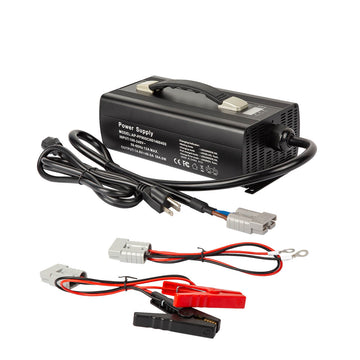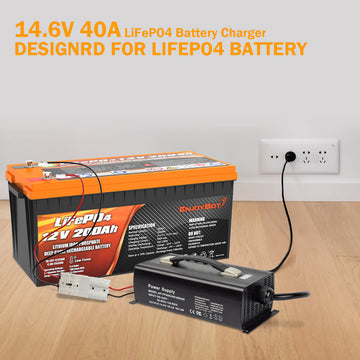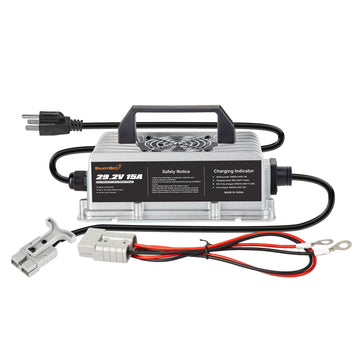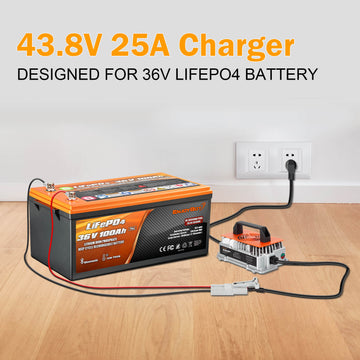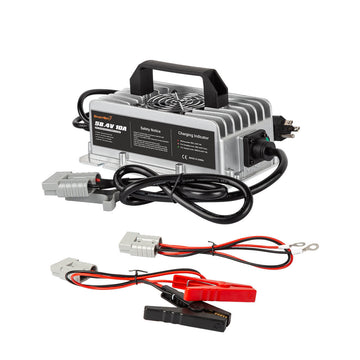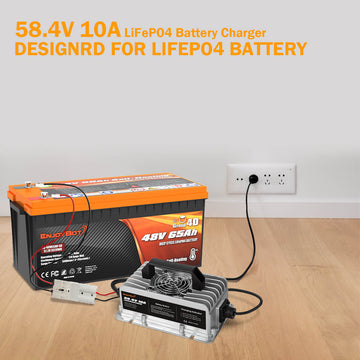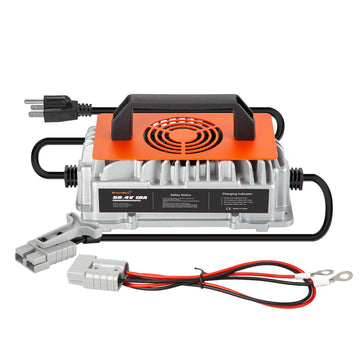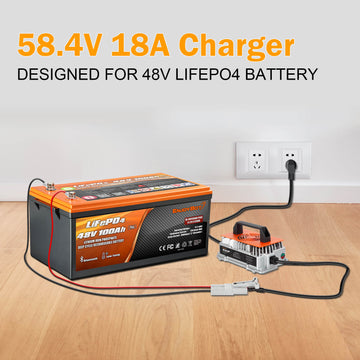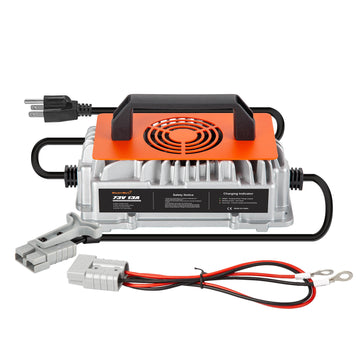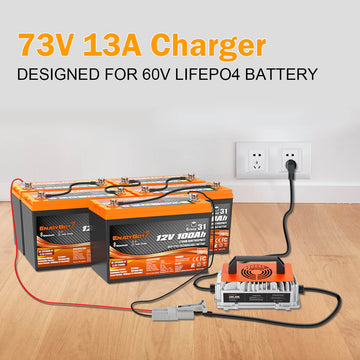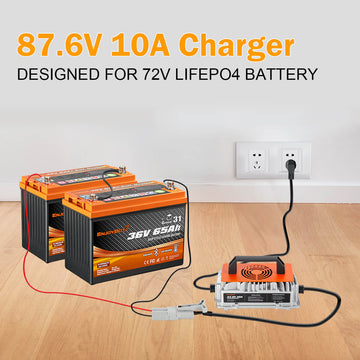Battery energy storage system components
Battery energy storage system components
The BESS (Battery Energy Storage System) plays a vital role in today's energy structures. As well as industrial and commercial applications, energy storage makes the power grid to become more flexible and resilient. This allows grid operators to store the energy generated by solar and wind resources at times when they are abundant and then discharge that energy at a later time when needed.
For those working in the energy storage industry, especially developers and EPCs, it is necessary to have a general understanding of critical BESS components and how these components work together.
Batteries used in energy storage systems have many different chemical components. In this blog, we will focus on analyzing lithium-based systems, as they are currently the most rapidly growing and widely deployed type.
Battery System
The battery is a crucial component in the BESS, it can store the energy for scheduling when needed. The battery includes a fixed number of lithium cells that are connected in series and parallel. Creating a module in a frame. These modules are then stacked and combined together to form the battery packs. Battery racks can be also wired in series or parallel to reach the necessary voltage or current of the battery energy storage system.
Battery Management System (BMS)
All lithium-based energy storage systems must have a BMS (Battery Management System). The BMS is an important component of the battery system, and its primary function is to protect the battery from damage in various operational scenarios. To achieve this, the BMS has to monitor and ensure that the battery operates within pre-determined ranges of several critical parameters, such as SoC (state of charge), SoH (state of health), voltage, temperature, and electric current. More complex battery management systems, like the system used by EVESCc0, have a multi-layer framework, which can monitor and protect the battery in the BESS, not only at the battery cells level but also at the module, string, and system levels. The BMS is constantly monitoring the status of the battery packs and uses application-specific algorithms to analyze the data, manage the battery's environment and balance it. This is essential for the battery's thermal management system to assist prevent thermal runaway. A well-designed BMS is a cavity BESS component that ensures the safety and lifespan of any lithium BESS battery.
Power Conversion System (PCS) or Hybrid Inverter
The battery system in the BESS stores and delivers power in the form of DC (Direct Current), while most electrical systems and loads operate on AC (Alternating Current). That’s why a Power Conversion System (PCS) and Hybrid inverter is required. These devices are much more dynamic than standard inverters because they can convert power bi-directionally. This means that the DC power from the battery can be converted to AC and used with the power-grid or electrical loads. The alternating current (AC) power can be also converted to direct-current (DC) power to charge batteries. This effectively gives the BESS the ability to both charge and discharge. In addition, the PCS has multiple modes, which can be set different charging and discharging modes for different applications of BESS. For the PCS or Hybrid Inverter to be effective within the BESS, it needs access to the status of the battery, so it knows when to charge and when to discharge. For example, if the DoD (depth of discharge) of the battery is set to 90%, it is necessary to know when the battery is at 10% SoC (state of charge) to stop discharging. The PCS in the BESS can provide a fast and accurate power response through communicating with batteries. It can also be driven by preset strategies, external signals (such as on-site meters, etc), or an Energy Management System (EMS).
Regarding the PCS, two types of configurations need to be understood, which are AC-coupled and DC-coupled. For the solar plus storage applications, there is a choice between them.
AC-coupled means that the BESS is externally connected to the solar photovoltaic system on the AC side of the Solar inverter. Additionally, the BESS has its dedicated inverter linked to the battery.
DC-coupled means that the battery is connected to the same DC bus where the solar PV lands-utilizing a hybrid inverter that is shared between the PV and the BESS.

Controller
If we regard the BMS as the brain of the battery system, then the charger controller will be as the heart of the entire BESS. This monitors, manages, safeguards, communicates, and schedules the key components of BESS, known as subsystems. As well as communicating with the components of the energy storage system itself, it can also communicate with external devices like transformers and power meters, ensuring the BESS is operating optimally. The controller in the BESS has various protection effects, like overload protection and reverse power protection.
HVAC (Heating, ventilation, and air conditioning)
The HVAC is an essential component of a battery energy storage system. It manages the internal environment of the battery by moving air between the inside and outside of the system's enclosure. Lithium battery systems maintain an optimal operating temperature and good air distribution in lithium batteries that can help extend their cycle life and working effect. If batteries don't have proper thermal management, the battery cells will overheat and lead to increased degradation malfunction, or even thermal runaway. If batteries featured the correct type of HVAC system, they will have a better performance for the BESS and a longer life for batteries (Generally, lithium batteries have all these functions).
Fire Suppression
The fire suppression system in a BESS is an additional layer of protection. As we mentioned before, all BESS have a Battery Management System (BMS) that can ensure the battery is operating in the safe parameters. If the temperature is out of the seted parameters, the BMS will automatically cut off the work. However, in the case of a thermal runaway, the BMS cannot be used as the only protective layer. That's why the function of the fire suppression system existed. If a thermal runaway happens, the fire suppression system will detect it and automatically turn it on. It can be activated through gas, smoke, or heat detection, this depends on which fire suppression system the BESS has. Once started, the fire suppression system will release an agent that suppresses the fire, meanwhile, providing a cooling effect and absorbing the heat. There are several options available for fire suppression systems, which are typically designed based on the size of the BESS enclosure.
SCADA (Supervisory Control and Data Acquisition System)
SCADA is a special function in monitoring and managing the BESS, and it communicates with the controller through the PLC (Programmable Logic Controller). The SCADA usually communicates with the BMS to monitor lithium battery status and temperature, it can also communicate with the PCS/Hybrid-inverter and auxiliary meters to monitor the date. From the HMI, operators can set start and stop commands, charging and discharging commands, and can also set parameters for the BMS and auxiliary systems.
Energy Management System (EMS)
The BESS application activity is controlled and scheduled by the energy management system. The EMS communicates directly with the PCS/Hybrid Inverter and BMS to schedule the various components on-site, frequently considering external data points from things like the electric grid, transformers, PV arrays, and loads. The EMS in the BESS can determine when and how to discharge, which is typically decided by the application of peak shaving, load transferring, or self-consumption. The EMS will optimize the performance of the BESS by balancing the application cycling data and battery life with the return on investment of the asset, meanwhile considering the limitations of both BMS and CS/Hybrid Inverter. The EMS will also collect and analyze BESS's performance data to enable reporting and forecasting easy.
Conclusion
A BESS is a multi-component energy storage system that can store varying amounts of electrochemical energy and use it later for a range of purposes, such as peak shaving and energy arbitrage.
The advantages of the battery technology have made BESS a lightweight and affordable solution for both residential and commercial use, such as homes, large-scale industrial facilities, utility grids, villages, towns, buildings, and even entire islands are able to employ battery storage integrated with green energy to achieve a reliable and self-sufficient electricity supply.

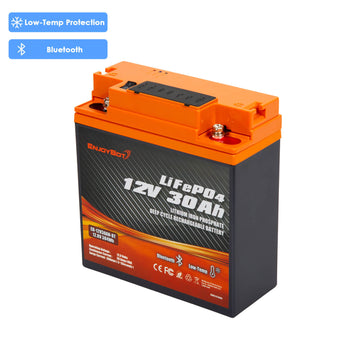
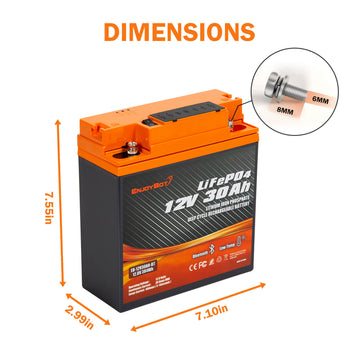
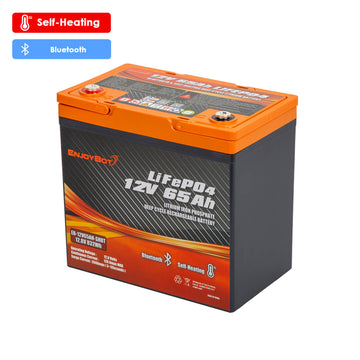
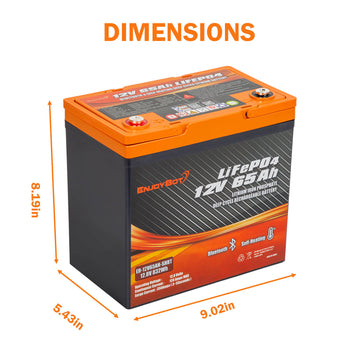
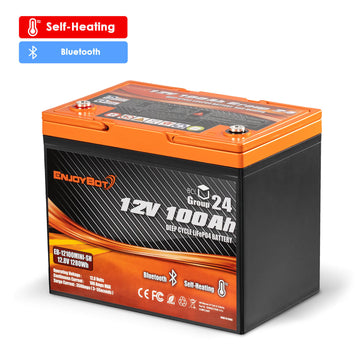
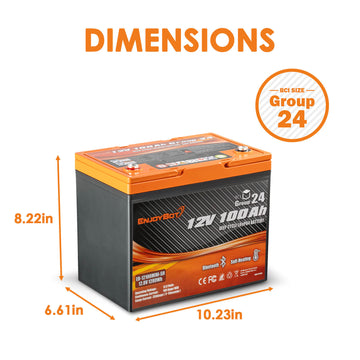

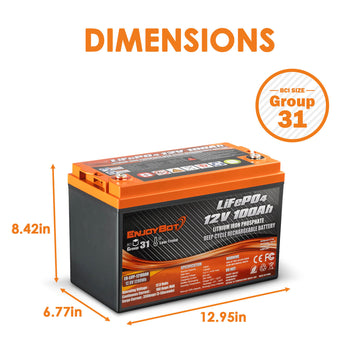

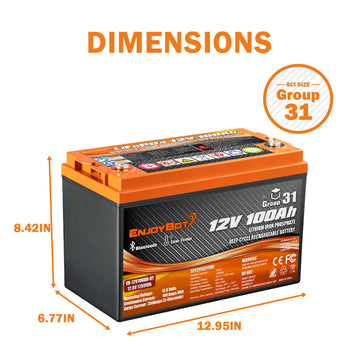

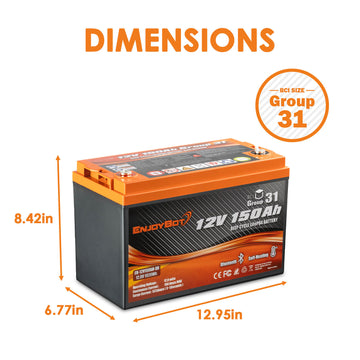



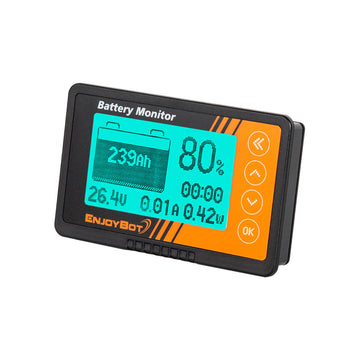
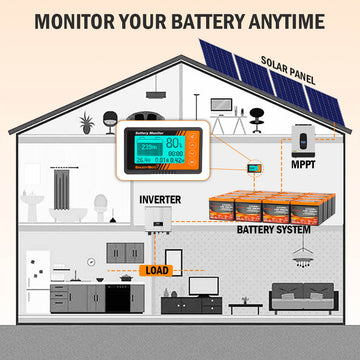
![[Upgraded Version] Enjoybot 14.6V 20A Waterproof Mountable LiFePO4 Lithium Battery Charger For 12V LiFePO4 Battery](http://enjoybotbattery.myshopify.com/cdn/shop/files/14.6V_20A_Waterproof_Battery_Charger_1_360x.jpg?v=1752565609)
![[Upgraded Version] Enjoybot 14.6V 20A Waterproof Mountable LiFePO4 Lithium Battery Charger For 12V LiFePO4 Battery](http://enjoybotbattery.myshopify.com/cdn/shop/files/14.6V_20A_Waterproof_Battery_Charger_2_360x.jpg?v=1752637374)
